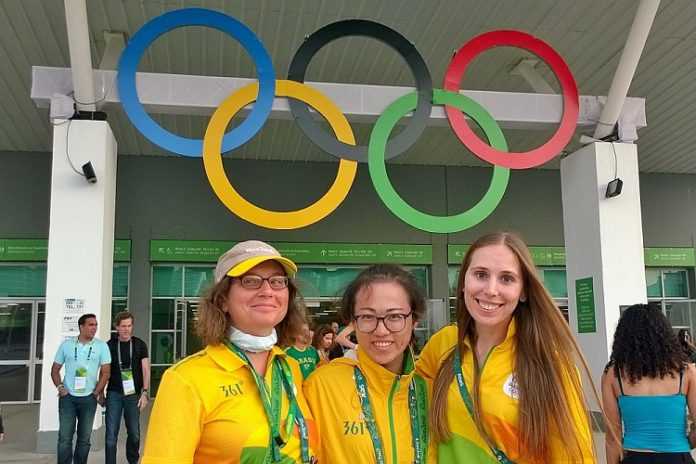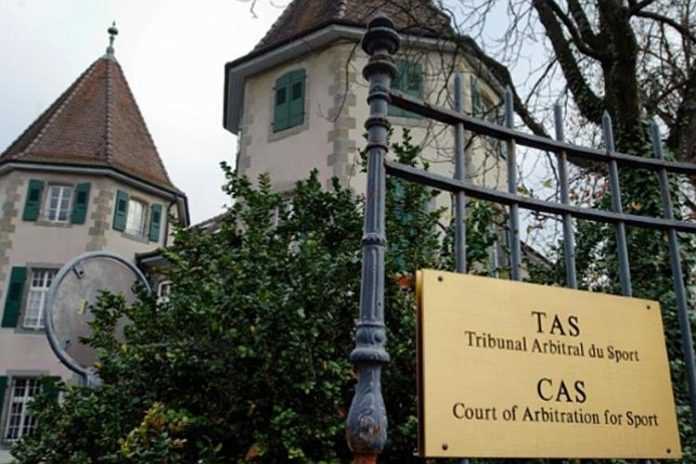One of the many revolutionary changes made by the Los Angeles Olympic Organizing Committee for the 1984 Olympic Games in Los Angeles was the concept of using volunteers as a main feature of the workforce.
It was successful beyond all expectations and became a permanent legacy to succeeding Olympic organizing committees, all of whom have embraced the concept.
Now, the Tokyo 2020 organizers have set out to recruit some 80,000 volunteers to help with the Olympic and Paralympic Games two years from now, but against a much different backdrop.
Consider this story from the Canadian Broadcasting Corp., filed 11 days into the 17-day 2016 Rio Olympic Games:
Outside the volleyball venue at Copacabana Beach, Luis Moreira is waiting for the night session to start. Last week, he might have been the one holding the neon stick waving ticket-holders in. He had volunteered for these Games to be part of history‚ but his work schedules were always jumbled and there wasn’t enough food. So he quit.
“Many volunteers had to quit because they had to work two weeks in a row, schedules were messed up, lots of people quit because of the food: they were told to work eight, nine hours and were only provided with a little snack,” Moreira says.
“I don’t think the organizing committee had enough consideration for people’s lives and welfare. It was as though the organizing committee was doing us a favour. The committee uses the volunteers to make money, uses us for free labour.”
The CBC report noted that “about 30 per cent of the volunteers aren’t showing up.”
This is tragic and so far from the 1984 Los Angeles model, it’s worth backing up to consider why the LAOOC went to this idea in the first place. Way back in 1980 and 1981 when the decision was confirmed to use volunteers, there were specific factors at work:
• The LAOOC was famously funded solely by the private sector and had to have a financial surplus, so anything which could save money was helpful. Volunteers could save some money, but as was said at the time inside the offices, “It takes money to have volunteers.”
• There was a broad consensus that in order to attract volunteers, the LAOOC had to be exceptionally honest about the work to be done, the hours involved and to be sure that basic amenities would be met: free parking or transportation to the work site, a free uniform, a reasonable meals and rest schedule, as much training as was possible to give and a clear outline of what was expected, what was off-limits and a clear reporting hierarchy to resolve both the small and large issues attendant to a month-long event.
• The volunteer component of the overall staffing program was just that: a component. Once the in-depth analysis was done, it became clear that out of a total workforce of perhaps 80,000, only about 40% would be volunteers.
That’s right: less than half. When the counting was done after the Games, some 33,500 people volunteered in Los Angeles, against about 12,000 who were paid from the LAOOC workforce of 45,450. In addition, there were about 36,000 people who worked at the Games who were there on behalf of sponsors and suppliers and were almost all paid employees – full-time, part-time or temporary – of their company.
So out of a total workforce of about 81,500, about 41% were volunteers.
• Los Angeles in 1980 already had a long and deep history of volunteerism for civic causes. The area teemed with non-profit organizations which were involved with every possible area of life, from job training to poverty abatement, to sports programs for youth, education, avoidance of drugs and thousands of others.
It was against this existing background of volunteer commitments that the decision was made to use volunteers at the Games. The folks who doubted that this would work came from outside Los Angeles. Those of us who knew the city knew the idea would work, if people were given a precise idea of what to expect and to be treated with respect and reasonable support.
And significant resources were plowed into recruitment, training and support. In one recruitment video, LAOOC board member Rafer Johnson looked into the camera and told potential recruits that some of the positions involved work far away from the sporting events, which would be “boring” and “repetitive,” but that they were needed to “Play a Part in History.”
The uniforms were supplied by Levi’s and were of good quality, although some people did not appreciate the Festive Federalism color scheme. Anyone who worked more than four hours was entitled to a meal voucher, served in a staff lounge which was designed to be away from the crowds and reasonably quiet in most venues. There was plenty of Arrowhead water and Coca-Cola products available, snacks from Mars in endless quantities, and fruit and other items at many sites. If you worked 10 or more hours at a venue – basketball, for example, went on even longer than that at The Forum each day – you received a second meal.
When the food quality was considered poor at a site, the screaming was heard and changes were made in 24-48 hours. I know; my volunteers at the Main Press Center demanded a more varied menu and better quality two weeks into our month-long adventure, and it started showing up two days later.
Moreover, for those who wanted to come to Los Angeles and volunteer from out of the area, low-cost housing was often available – through the LAOOC – at universities such as Occidental College, or volunteer families took in out-of-area volunteers into their own homes.
We weren’t perfect, but for the most part, the concept worked and worked brilliantly. Only about three percent (3%) of the volunteer corps quit their jobs and were quickly replaced from a standby team for which assignments had not been available before the Games. In fact, offers to volunteer continued right into the Games period!
The success that Los Angeles had in 1984 has not always translated to other Games and to other cultures, especially where volunteerism is not a part of the existing social fabric.
Now, the Tokyo 2020 folks are asking for 80,000 volunteers to staff the Olympic and Paralympic Games. Is that just 41% of the total staff for the Games?
Not likely.
In addition, the Tokyo municipal government wants to recruit another 30,000 volunteers to help as guides around the city. Rio reportedly had 50,000 volunteers.
And the environment is different. In the 1984 context, using volunteers worked because the idea was already accepted in the region and it would save some money. In fact, the LAOOC could have paid everyone to work and still had a healthy surplus at the end, although less than the $232.5 million that finally resulted.
But at the time, using volunteers was one way to help make organizing the Games work with private funding. The International Olympic Committee had few financial resources and the United States Olympic Committee even less. That has all changed now.
There have been calls in some quarters to trash the volunteer idea, but perhaps it might be better to first remember the genesis of the program, why there were good reasons for it to work and that honesty in recruitment, training and support are key elements for success.
The 1984 volunteer program was so successful that it received the President’s Volunteer Action Award in 1985. In his congratulatory letter, U.S. President Ronald Reagan wrote that “America could have asked for no better ambassadors of goodwill to the visiting people of the world than the Volunteer Corps of the 1984 Olympic Games and the residents of the great city that they represented.”
The LAOOC considered its volunteers to be just that: ambassadors for Los Angeles and for the United States, no matter where they came from. Does Tokyo 2020 feel the same?
Rich Perelman
Editor


























